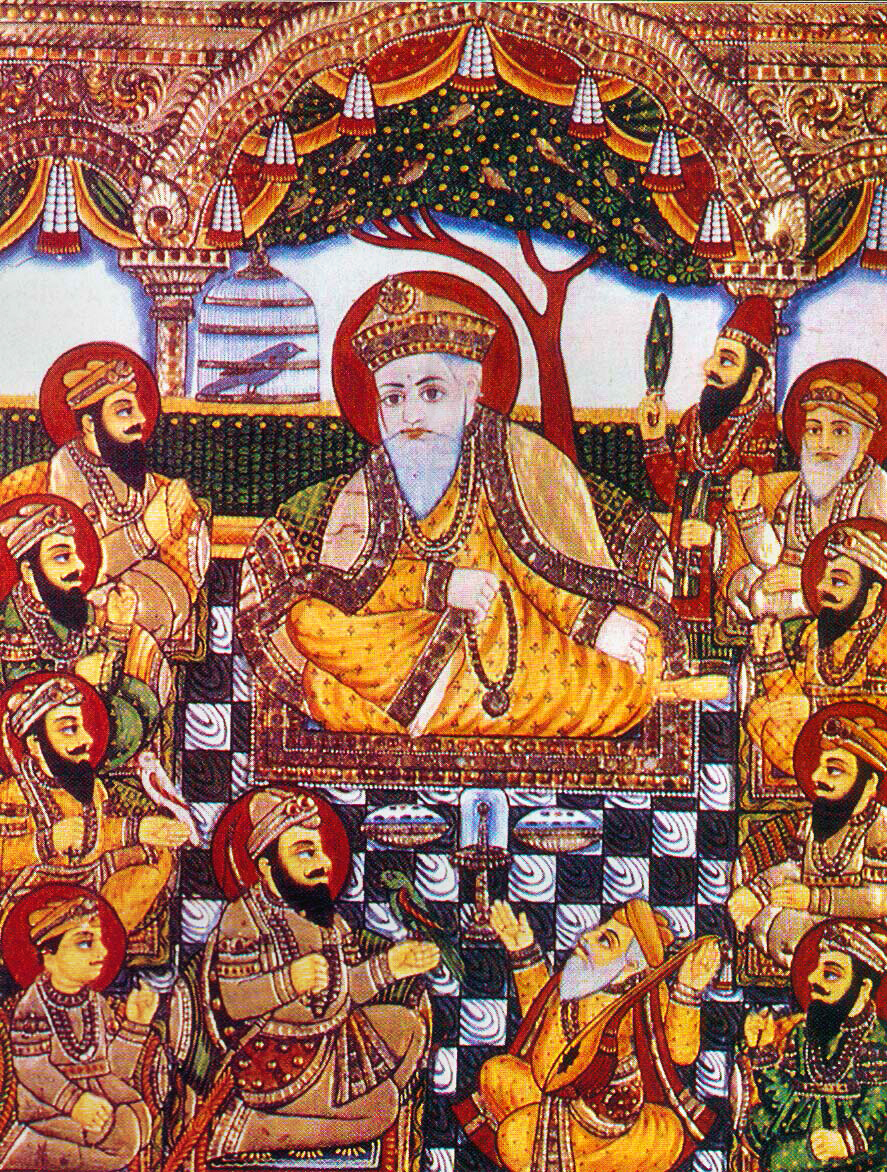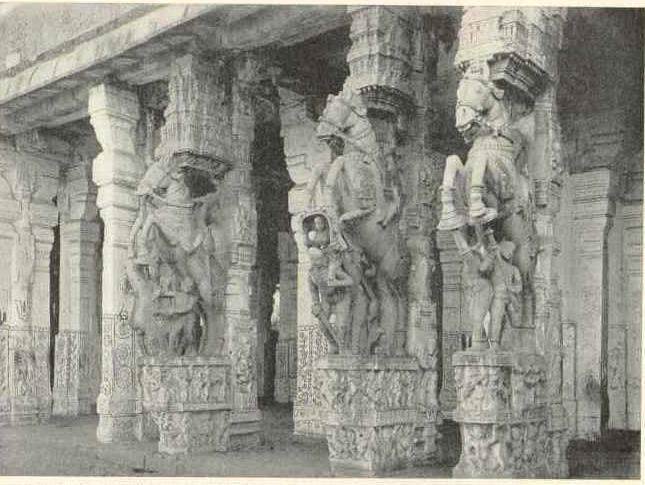|
Tanjore
Thanjavur (), also Tanjore, Pletcher 2010, p. 195 is a city in the Indian state of Tamil Nadu. Thanjavur is the 11th biggest city in Tamil Nadu. Thanjavur is an important center of South Indian religion, art, and architecture. Most of the Great Living Chola Temples, which are UNESCO World Heritage Monuments, are located in and around Thanjavur. The foremost among these, the Brihadeeswara Temple, is located in the centre of the city. Thanjavur is also home to Tanjore painting, a painting style unique to the region. Thanjavur is the headquarters of the Thanjavur District. The city is an important agricultural centre located in the Kaveri Delta and is known as the ''Rice bowl of Tamil Nadu''. Thanjavur is administered by a municipal corporation covering an area of and had a population of 290,720 in 2011. Roadways are the major means of transportation, while the city also has rail connectivity. The nearest airport is Tiruchirapalli International Airport, located away from ... [...More Info...] [...Related Items...] OR: [Wikipedia] [Google] [Baidu] |
Tanjore Painting
Thanjavur painting is a classical South Indian painting style, which was inaugurated from the town of Thanjavur (anglicized as Tanjore) in Tamil Nadu. The art form draws its immediate resources and inspiration from way back about 1600 AD, a period when the Nayakas of Thanjavur under the suzerainty of the Vijayanagara Rayas encouraged art—chiefly, classical dance and music—as well as literature, both in Telugu and Tamil and painting of chiefly Hindu religious subjects in temples. It is distinguished by its famous gold coating. However, it can safely be surmised that Thanjavur painting, as we know it now, originated in the Maratha court of Thanjavur (1676–1855). It has been recognized as a Geographical indication by the Government of India in 2007–08. Thanjavur paintings are characterised by rich and vivid colors, simple iconic composition, glittering gold foils overlaid on delicate but extensive gesso work and inlay of glass beads and pieces or very rarely precious and s ... [...More Info...] [...Related Items...] OR: [Wikipedia] [Google] [Baidu] |
Thanjavur Nayaks
The Thanjavur Nayak kingdom or Thanjavur Nayak dynasty were the rulers of Thanjavur in the 15th and 17th centuries. The Nayaks of the Balija social group, were originally appointed as provincial governors by the Vijayanagara Emperor in the 15th century, who divided the territory into Nayak kingdoms which were Madurai, Tanjore, Gingee and Kalahasthi. In the mid 15th century they became an independent kingdom, although they continued their alliance with the Vijayanagara Empire. The Thanjavur Nayaks were notable for their patronage of literature and the arts. A translation from '' Raghunathabhyudayam (p. 284)'', says this about Timma Nayak the father of Sevappa Nayak, the founder of the Tanjore Nayak in line: ''In the sathria caste born from the feet of Vishnu was born a king called Timma Nayak''.''Nayaks of Tanjore'', by V. Vriddhagirisan, p.26 The ''Mannaru'' (Vishnu) of the Mannargudi temple was their ''kula daivam'' (family deity). Origins of Nayak rule With the demise of the ... [...More Info...] [...Related Items...] OR: [Wikipedia] [Google] [Baidu] |
Brihadeeswara Temple
Brihadishvara Temple, called Rajarajesvaram () by its builder, and known locally as ''Thanjai Periya Kovil'' ("Thanjavur Big Temple") and ''Peruvudaiyar Kovil'', is a Shaivite Hindu temple built in a Chola architectural style located on the south bank of the Cauvery river in Thanjavur, Tamil Nadu, India.Thanjavur Encyclopaedia Britannica It is one of the largest Hindu temples and an exemplar of . It is also called ''Dakshina Meru'' (" |
Thanjavur Marathas
The Thanjavur Maratha kingdom ruled by the Bhonsle dynasty was a principality of Tamil Nadu between the 17th and 19th centuries. Their native language was Marathi. Venkoji was the founder of the dynasty. Maratha conquest of Thanjavur Following the demise of Chola rule in the 13th century (specifically around 1279), the Thanjavur area came under the rule of the Pandyas and then, following the invasion of Malik Kafur, it fell into disorder. Pandya nadu very quickly reasserted their independence and added Thanjavur to their domain. Soon afterwards, however, they were conquered by the Vijayanagara Empire. The Emperor appointed his trusted Kin, who belonged to the Telugu Balija caste as Governors (Nayakas) of Madurai and Tanjavur. An internal family squabble between Chokkanatha Nayak of Madurai Nayak dynasty and his uncle Vijayaraghava Nayaka of Tanjavur led to a war and eventually ended in the defeat of Thanjavur. The rule of the Thanjavur Nayaks lasted until 1673, when Ch ... [...More Info...] [...Related Items...] OR: [Wikipedia] [Google] [Baidu] |
Tamil Nadu
Tamil Nadu (; , TN) is a state in southern India. It is the tenth largest Indian state by area and the sixth largest by population. Its capital and largest city is Chennai. Tamil Nadu is the home of the Tamil people, whose Tamil language—one of the longest surviving classical languages in the world—is widely spoken in the state and serves as its official language. The state lies in the southernmost part of the Indian peninsula, and is bordered by the Indian union territory of Puducherry and the states of Kerala, Karnataka, and Andhra Pradesh, as well as an international maritime border with Sri Lanka. It is bounded by the Western Ghats in the west, the Eastern Ghats in the north, the Bay of Bengal in the east, the Gulf of Mannar and Palk Strait to the south-east, and the Indian Ocean in the south. The at-large Tamilakam region that has been inhabited by Tamils was under several regimes, such as the Sangam era rulers of the Chera, Chola, and Pandya cl ... [...More Info...] [...Related Items...] OR: [Wikipedia] [Google] [Baidu] |
Vijayanagar Empire
The Vijayanagara Empire, also called the Karnata Kingdom, was a Hindu empire based in the region of South India, which consisted the modern states of Karnataka, Andhra Pradesh, Tamil Nadu, Kerala, Goa and some parts of Telangana and Maharashtra. It was established in 1336 by the brothers Harihara I and Bukka Raya I of the Sangama dynasty, members of a pastoralist cowherd community that claimed Yadava lineage. The empire rose to prominence as a culmination of attempts by the southern powers to ward off Perso-Turkic Islamic invasions by the end of the 13th century. At its peak, it subjugated almost all of South India's ruling families and pushed the sultans of the Deccan beyond the Tungabhadra- Krishna river doab region, in addition to annexing modern day Odisha (ancient Kalinga) from the Gajapati Kingdom thus becoming a notable power. It lasted until 1646, although its power declined after a major military defeat in the Battle of Talikota in 1565 by the combi ... [...More Info...] [...Related Items...] OR: [Wikipedia] [Google] [Baidu] |
Cauvery Delta
Chola Nadu is a cultural region of the Tamil Nadu state in southern India. It encompasses the lower reaches of the Kaveri River and its delta, and formed the cultural homeland and political base of the Chola Dynasty which ruled large parts of South India and parts of Sri Lanka between the 9th and 13th centuries CE. Uraiyur (now part of Tiruchirapalli city) served as the early Chola capital, then medieval Cholas shifted to Thanjavur and later cholas king Rajendra Chola I moved the capital to Gangaikonda Cholapuram in Ariyalur in the 11th century CE. The boundaries of the region roughly correlates with those of the British India districts of Tanjore and Trichinopoly. Culturally, the region also includes Pudukkottai District, Tanjavur district, Nagapattinam district, Thiruvarur district, Mayiladudhurai district, Ariyalur District, Perambalur District , Tiruchirappalli District the territory of Karaikal. Location The Delta region covers Central Tamil Nadu and East-Central ... [...More Info...] [...Related Items...] OR: [Wikipedia] [Google] [Baidu] |
South Indian Culture
South Indian culture refers to the culture of the South Indian states of Tamil Nadu, Karnataka, Kerala, Andhra Pradesh, and Telangana. South Indian culture, though with its visible differences, forms an important part of the Indian culture. The South Indian Culture is essentially the celebration of the eternal universe through the celebration of the beauty of the body and femininity.Beck, Brenda. 1976. "The Symbolic Merger of Body, Space, and Cosmos in Hindu Tamil Nadu." Contributions to Indian Sociology 10(2): 213-43.Bharata (1967). The Natyashastra ramaturgy 2 vols., 2nd. ed. Trans. by Manomohan Ghosh. Calcutta: Manisha Granthalaya.Dehejia, Vidya, Richard H. Davis, R. Nagaswamy, Karen Pechilis Prentiss (2002) The Sensuous and the Sacred: Chola Bronzes from South India. Kallarasa Virachita Janavasya Ed: G.G. Manjunathan. Kannada Adhyayana Samsthe, University of Mysore, Mysore 1974Wadley, Susan, ed. 1980. The Powers of Tamil Women. Syracuse: Syracuse U. Press. It is exemplified t ... [...More Info...] [...Related Items...] OR: [Wikipedia] [Google] [Baidu] |
Cholas
The Chola dynasty was a Tamil thalassocratic empire of southern India and one of the longest-ruling dynasties in the history of the world. The earliest datable references to the Chola are from inscriptions dated to the 3rd century BCE during the reign of Ashoka of the Maurya Empire. As one of the Three Crowned Kings of Tamilakam, along with the Chera and Pandya, the dynasty continued to govern over varying territories until the 13th century CE. The Chola Empire was at its peak under the Medieval Cholas in the mid-9th century CE. The heartland of the Cholas was the fertile valley of the Kaveri River. They ruled a significantly larger area at the height of their power from the later half of the 9th century till the beginning of the 13th century. They unified peninsular India south of the Tungabhadra River, and held the territory as one state for three centuries between 907 and 1215 CE.K. A. Nilakanta Sastri, ''A History of South India'', p 157 Under Rajaraja I and ... [...More Info...] [...Related Items...] OR: [Wikipedia] [Google] [Baidu] |
British Empire
The British Empire was composed of the dominions, colonies, protectorates, mandates, and other territories ruled or administered by the United Kingdom and its predecessor states. It began with the overseas possessions and trading posts established by England between the late 16th and early 18th centuries. At its height it was the largest empire in history and, for over a century, was the foremost global power. By 1913, the British Empire held sway over 412 million people, of the world population at the time, and by 1920, it covered , of the Earth's total land area. As a result, its constitutional, legal, linguistic, and cultural legacy is widespread. At the peak of its power, it was described as " the empire on which the sun never sets", as the Sun was always shining on at least one of its territories. During the Age of Discovery in the 15th and 16th centuries, Portugal and Spain pioneered European exploration of the globe, and in the process established larg ... [...More Info...] [...Related Items...] OR: [Wikipedia] [Google] [Baidu] |




.jpg)


